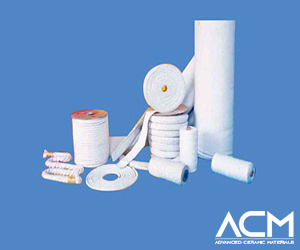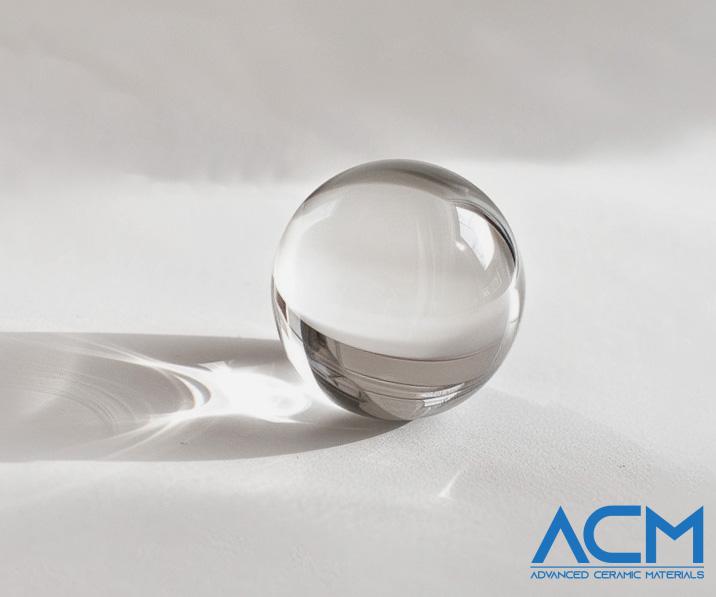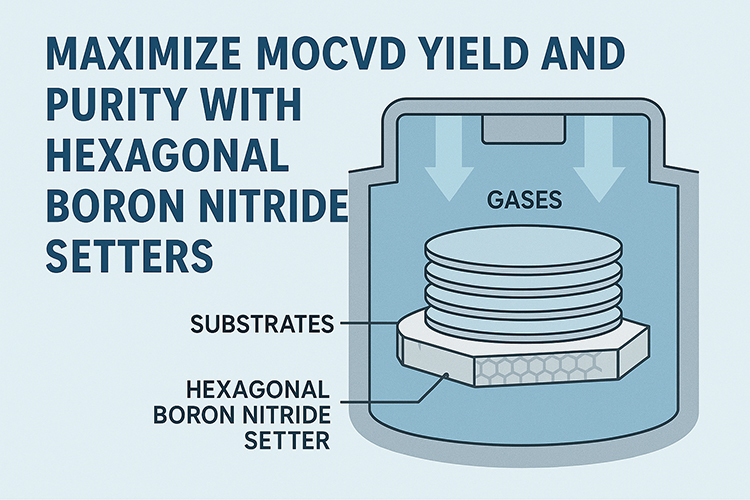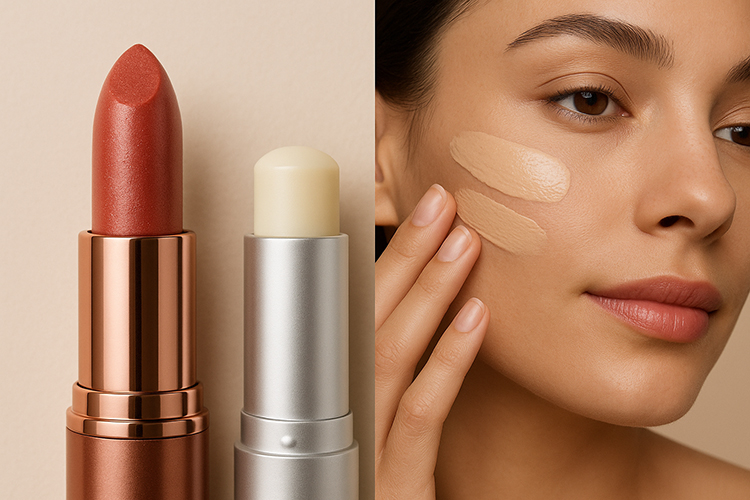3 Types of Popular Cover Glass Materials
Glass cover materials are of different kinds, and their unique properties make them essential parts of modern devices. This article explains the different properties of glass materials, such as aluminum silicate, Soda-lime, and low-iron soda-lime glass, as well as their importance in the technology industry. Mobile phones are essential devices that help in day-to-day activities in business, the workplace, education, and entertainment. These devices are kept safe with glass covers. Part of the functional units of mobile devices is glasses. Smartphones manufactured today all have screens made of glass. The screen has three different parts: a liquid crystal that generates the color, a set of wires that help detect where you have touched the screen, and a protective glass that phone manufacturers use to cover the screen.

Glass is a primary material used to manufacture most modern touch-screen electronic devices, including computers, televisions, and portable devices. The glass used in phones is not like traditional glass. The most popular glass used in phone manufacturing is Aluminosilicate glass, popularly known as Corning’s Gorilla Glass. These kinds of glasses are very resistant to shattering and scratching.
Components of Glass
Glass is an inorganic solid material, usually transparent or translucent, hard, brittle, and natural elements do not affect it easily. Glass is manufactured through several methods, but the most common method involves heating raw materials into a molten liquid and then rapidly cooling the liquid in such a way that the atoms of the liquid have a random and haphazard arrangement.
Types of Glass
Aluminosilicate Glass
As the name suggests, this is made up of an aluminum silicate compound. This glass has a characteristic resistance to high temperature and chemical exposure. Aluminosilicate is a mineral-based material that contains 57 – 60% silicon dioxide (SiO2) and 16 – 20% aluminum dioxide (Al2O3), and with a small amount of about 5 – 7% lime (CaO), 6 - 12% Magnesium Oxide (MgO), Boron trioxide (B2O3), and other kinds of cations.
Properties of Aluminosilicate Glass
- Resistance to Scratch and High Tensile Strength: Aluminosilicate glass is popular in making mobile devices due to its ability to withstand scratches, which is a very common occurrence on mobile devices. The presence of high alkali content in aluminosilicate glass makes this possible.
- Resistance to High Temperature: Aluminosilicate annealing temperature reaches up to 800°C, which gives the glass material a high thermal resistance compared to other similar glasses. It has a temperature similar to ceramics.
- Resistance to chemical degradation: Aluminosilicate has very high chemical durability with a dissolution rate as low as 10-4 g/(m2·day).
Production of Aluminosilicate Glass
Gorilla Glass is chemically strengthened aluminosilicate glass produced through ion exchange. The glass gets submerged in molten potassium salt at 400°C. Through this process, potassium displaces sodium atoms from the compound. This glass has high surface strength and is resistant to cracks and scratches.
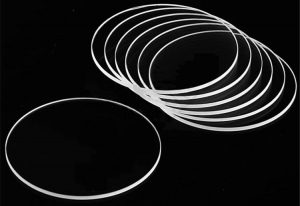
Soda – Lime Glass
Soda-lime glass is the most common kind of glass produced. Silicon oxide (silica) makes up 70% of the glass, while 15% of its components is soda (sodium oxide), and 9% lime (calcium oxide), and it has other compounds in trace amounts. The soda is a flux, and it lowers the melting temperature of silica, while the lime acts as a stabilizer for the silica.
Properties of Soda-lime Glass
- It is chemically stable: Soda-lime glass comprises atoms that have very strong atomic bonds. Strong binding forces hold the atoms strongly together, making it difficult for other substances to erode the glass and affect its structure
- It is Hard: Soda-lime glass has a 6 – 7 Mohs hardness scale, indicating high abrasion resistance. Soda-lime glass is tempered using heat or any suitable chemical to make it three times stronger.
- It is an electrical insulator: Soda-lime glass does not transmit electricity well due to its high specific resistivity and low dielectric constant. Soda-lime is useful for insulating electrical products.
Production of Soda Lime Glass
Melting different raw materials such as silica, soda, lime, Dolomite (which provides the magnesium oxide), aluminum oxide, and sodium chloride at 1675°C produces soda-lime glass.
Low Iron Soda-Lime Glass
Low Iron Soda-Lime Glass can also be called water-white glass. It is a clear, transparent, soda-lime-based glass that is tint-free. This is because higher-quality silica sand free from iron oxides is the major raw material for its production. This glass has a higher transmission characteristic compared to normal soda-lime glass.
Properties of Low Iron Soda-Lime Glass
- Its annealing point is 546°C, which makes it have a high thermal resistance.
- The low-iron soda is very flat because it is made using the float process.
- The glass maintains colorlessness and clarity.
- The glass can be fully heat tempered to increase its resistance to thermal shock and increase its mechanical strength.
Conclusion
Thank you for reading our article, and we hope it can help you to have a better understanding of different cover glass materials. For more information about ceramic materials, please visit https://www.preciseceramic.com/.
{{item.content}}
LEVE A REPLY
{{item.children[0].content}}
{{item.content}}
LEAVE A REPLY
SUBSCRIBE OUR NEWSLETTER
- Boron Nitride in Cosmetics: Enhancing Performance and Sensory Appeal
- Maximize MOCVD Yield and Purity with Hexagonal Boron Nitride Setters
- What Are the Advantages and Uses of Boron Nitride Ceramic Sheet?
- The Compression Annealing Advantage for Pyrolytic Boron Nitride
- Beyond Insulation: The Surprising Spectrum of Ceramic Thermal Conductivity









